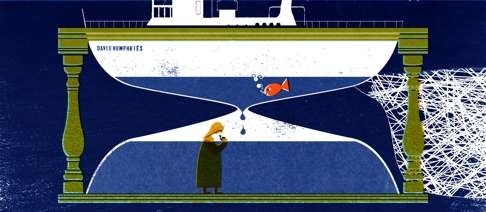
How Hong Kong can build on its trawling ban to become a champion of sustainable seafood
Andy Cornish says there is every chance that Hong Kong can become a world leader in sustainable fisheries – and we must make it happen
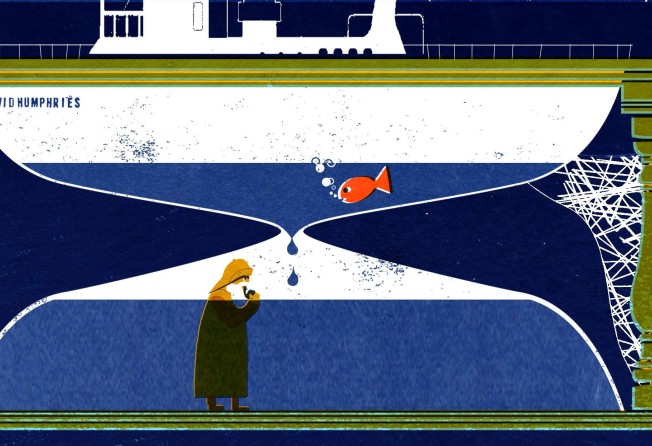

This is not a passing trend, but a pragmatic approach to ensuring continued access to supply. WWF’s 2015 Living Blue Planet report found that populations of 492 fish species that we eat had declined 50 per cent globally between 1970 and 2010, and continue to decline. Consequently, seafood from unsustainable fisheries will become scarcer and scarcer, and likely undergo price hikes.
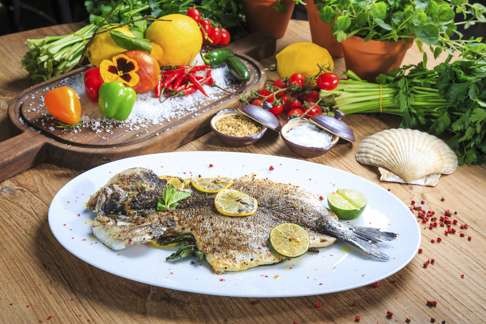
While the rampant overfishing of our oceans is one of the tragedies of our generation, one of the major success stories of the past decade has been the rise in independently certified sustainable fisheries.
However, as chefs in Hong Kong know well, many of the city’s most desired seafood species, particularly in Cantonese cuisine, are not available from sustainable fisheries anywhere. This is due to several factors. Firstly, modern-day sustainable fisheries management first developed in the colder waters off North America and Europe, where fishing fleets tend to target fewer species. Ensuring that overfishing does not occur is more straightforward when only a few species are taken. Fish and invertebrate species diversity is naturally higher in tropical waters, and a fisherman using the same gill net, for example, will typically catch more species in the tropics – increasing the complexity of management.
Secondly, weak enforcement in many marine fisheries in Southeast Asia, where many locally favoured seafood species occur, has led to a free-for-all. As a result, very few fisheries in Asia have been certified as sustainable.
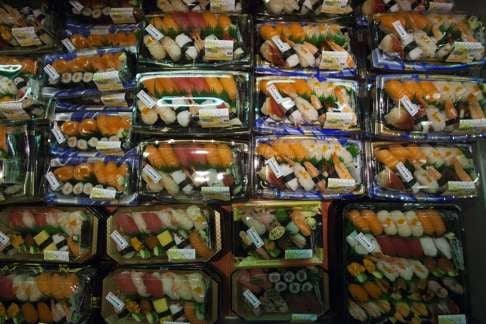
One locality that has shown great political resolve to stave off the collapse of its fisheries is Hong Kong. In 2011, the Agriculture, Fisheries and Conservation Department and Food and Health Bureau acted to permanently ban trawling in our waters, a measure that took force at the end of 2012. Accounting for 80 per cent of all fishing in Hong Kong at the time, the practice was destroying seabed communities and taking adult and juvenile fish and invertebrates indiscriminately. Eliminating all trawling in a single year was probably the single most powerful action the government could have taken to reduce overfishing, and it cost HK$1.7 billion in compensation.
Eliminating all trawling was probably the single most powerful action the government could have taken to reduce overfishing
Although it’s early days, recent research has found that catches of bottom-dwelling species have started to increase since trawling ceased, including sea bream and croakers. This begs the question: in years to come, will our top restaurants be serving sustainable seafood freshly caught that morning from the South China Sea lapping at our shores?
The answer should be yes, but not by resting on the laurels of the trawling ban.
A good yardstick to measure current management against modern definitions of sustainable fisheries management is the Convention on Biological Diversity’s 2020 fisheries target. Hong Kong signed up to the convention in 2011, and over a two-year period a marine working group with experts from government, universities and the public, myself included, examined the issue as part of the process for formulating Hong Kong’s first Biodiversity Strategy and Action Plan.
The convention’s aims include: “By 2020 all fish and invertebrate stocks and aquatic plants are managed and harvested sustainably”, which includes having “recovery plans and measures in place for all depleted species”; “fisheries have no significant adverse impacts on threatened species” and “the impacts of fisheries on stocks, species and ecosystems are within safe ecological limits”.
It is clear where the gaps in our current management are. We have many depleted species, some critically endangered, and no species recovery plans. Some of these species, such as the expensive Blackspot tuskfish, will not directly benefit from the trawling ban. Furthermore, stock assessments, the primary tool of the fisheries scientist to determine whether fishing of a particular species is within safe limits, have never been undertaken here. There isn’t even enough data on fish catches to be able to conduct a stock assessment at this time.
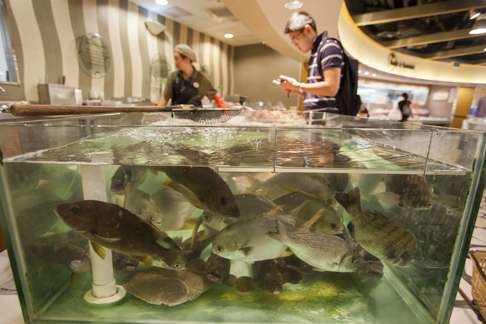
Populations of most larger food fishes were so depleted prior to the trawling ban that they will need to recover in number and to include more breeding adults before we can consider fishing them sustainably. In theory, the less fishing there is during this recovery phase, the quicker the recovery should be. Unfortunately, analysis revealed a major risk to the recovery of fish stocks in the form of potential increased fishing by our 4,300 licensed fishing vessels. While the total number of vessels has been capped, and each can only fish using the type of fishing gear that it is licensed for, there are no limits to the amount of fishing that can be done by each.
It would hardly be surprising if the remaining fleet took advantage of the removal of the trawlers to fish more, and anecdotal accounts from the fishing community themselves suggest that is exactly what is happening. Controlling the amount of fishing so that it does not prevent recovery of fish populations is a key to success. Increasing the percentage of our waters where no fishing is allowed (currently less than 0.5 per cent) would require the least legislative amendments.
Sustainable fisheries management is entirely possible in Hong Kong. Getting there will require monitoring programmes to gather enough data to allow scientists to determine how much catch is sustainable, plus the political resolve to put the management measures in place to ensure these levels are not exceeded. The great news is that demand for sustainably-sourced seafood is there. A market premium for local fresh-caught sustainable seafood should be sufficiently attractive for fishers to strive to earn more by fishing less.
Dr Andy Cornish is the global shark programme leader at WWF International